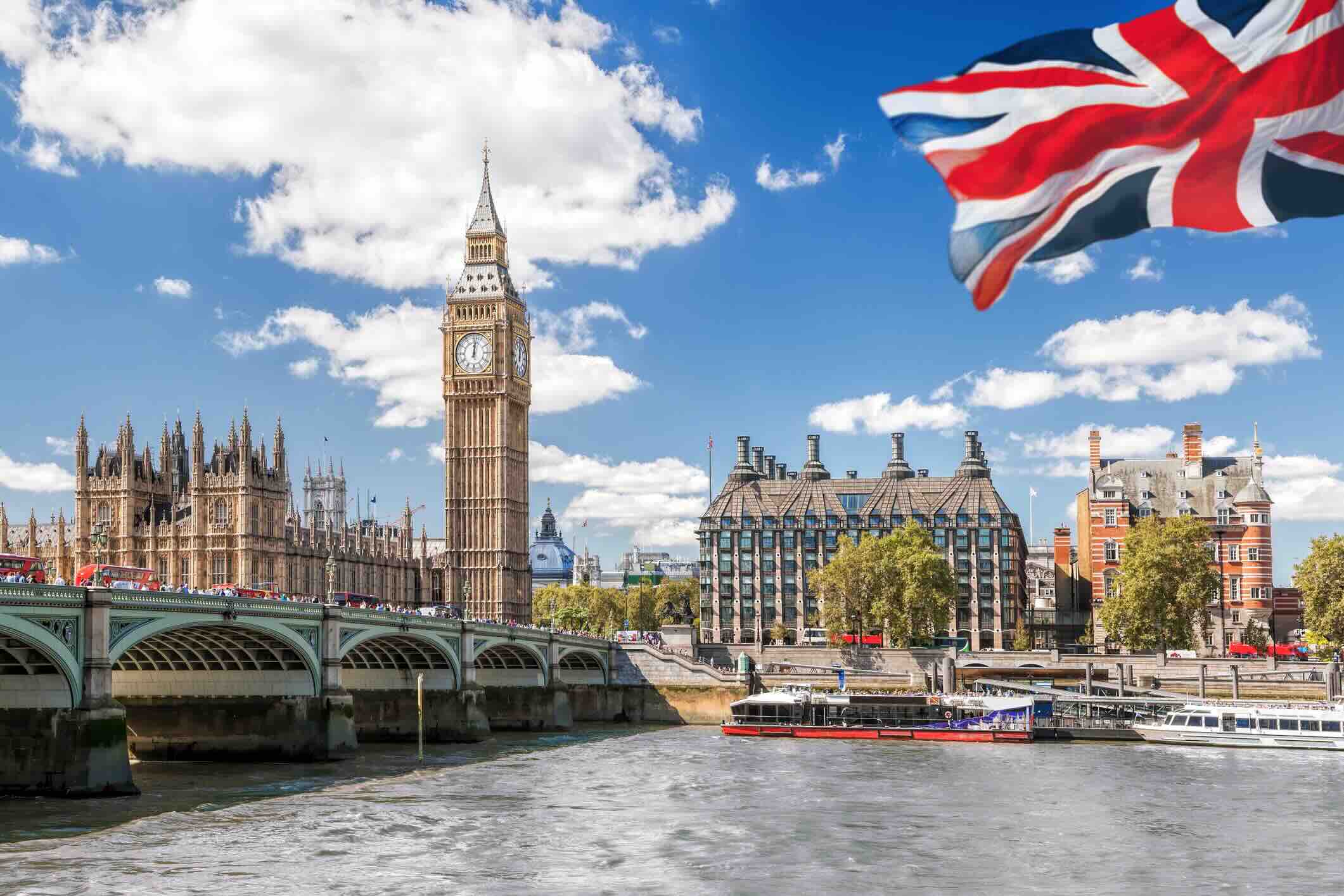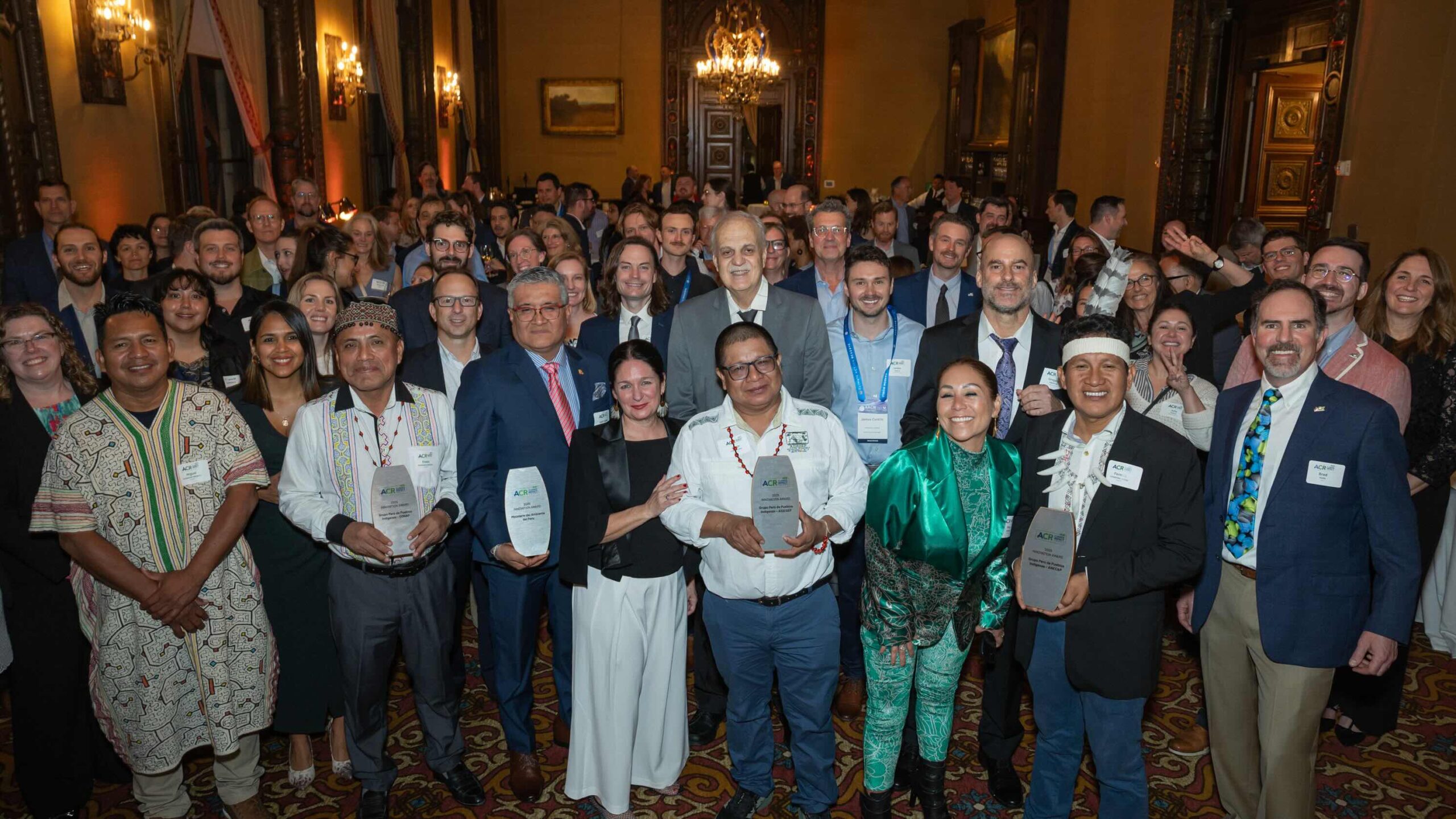This website uses cookies so that we can provide you with the best user experience possible. Cookie information is stored in your browser and performs functions such as recognising you when you return to our website and helping our team to understand which sections of the website you find most interesting and useful.
Sole Focus on Removals Misses the Moment

When you’re in a hole, the first rule is to stop digging.
Today, the world finds itself in a climate hole, yet we dig ourselves deeper by continuing to emit climate-changing gases into the atmosphere.
Despite this reality, there’s an emerging perception that removals – pulling carbon out of the atmosphere and sequestering it in long-term storage – are preferable to or more impactful than emissions reductions.
For the atmosphere’s balance sheet, emission reductions and removals are equivalent. Both are vitally important.
For the atmosphere’s balance sheet, emission reductions and removals are equivalent. Both are vitally important.
Andrew Taylor, Senior Technical Manager, Forestry at ACR
A recent peer-reviewed study in Nature Climate Change reinforces this point, finding that the four pathways with the highest scientific confidence and the largest potential scale of global impact are tropical forest reforestation, tropical forest avoided loss, temperate forest reforestation and temperate forest avoided loss. In other words, reforestation (removals) and avoided loss (reductions) are both critical climate actions.
Pathways in the upper right quadrant have both high confidence in scientific foundations and the largest potential scale of global impact. Source: Buma, B., Gordon, D.R., Kleisner, K.M. et al. Expert review of the science underlying nature-based climate solutions. Nat. Clim. Chang. (2024)On LinkedIn, one of the authors noted that, “the ‘removals only’ focus is wrong,” continuing that, “right now, credits for avoided emissions are cost-effective and plentiful because deforestation releases 1–2 gigatonnes of carbon into the atmosphere each year. We can stop these emissions but lack the funds.”
Of course, this approach is also in line with the well-established greenhouse gas mitigation hierarchy, which suggests the following order of priority for action: Avoid, reduce, replace, compensate, remove. For natural climate solutions, the priority should be to protect, manage, and then restore lands. When you consider that the world’s forests store 861 gigatonnes of carbon, it becomes clear that there’s no way to meet the goals of the Paris Agreement without protecting forests. Avoiding and reducing emissions should be our first priorities until total emissions go to zero, at least in theory.
In reality, we have hard-to-abate sectors that may never go to zero emissions, so we need a strategy that includes “all of the above,” in a mix that changes over time, as the excellent diagram below shows (from the “Oxford Principles for Net Zero Aligned Carbon Offsetting” page 19). Before 2030, a well-balanced offset portfolio should focus on emission reductions, with a significant emphasis on nature-based removals as well.
Example of a net zero aligned offsetting portfolio showing the move from projects based on emissions reductions (yellow) toward carbon removal (blue).Source: The Oxford Principles for Net Zero Aligned Carbon Offsetting (revised 2024)There are a few simple reasons for the importance of emission reductions today:
- Deforestation and forest degradation continue to represent 12-20% of total emissions. Methane leaks account for 12% of all U.S. emissions and approximately one-third of global warming to date. As these examples and many others show, we still have a lot of emissions to reduce and avoid.
- Habitat loss is greatly contributing to the Sixth Mass Extinction Nearly half of all species are in decline and current extinction rates are 1,000 – 10,000 times higher than expected background rates. Reducing deforestation protects habitat, and improves water quality, soil health, and the livelihoods of those dependent on these resources.
- Now is better than later. We can avoid emissions now, with immediate benefit to the climate. Removals take longer to have an effect, whether you are talking about planting trees – which take time to grow – or investing in a new technology that has yet to reach global scale.
- Protecting and improving management of existing ecosystems is more cost-effective than creating new ones. With limited time and resources, we ought to invest where our climate impact goes furthest.
At ACR, we understand the need for a diverse portfolio of strategies, which is why we develop and maintain methodologies to reduce and remove emissions from industrial sources, AFOLU (forestry, grasslands and wetlands), carbon capture and storage, and waste handling and disposal. We believe all of these approaches are necessary.
The ACR registry was also the first to distinguish verified carbon removal credits from emission reduction credits, promoting transparency in the marketplace. ACR’s improved forest management methodologies can generate both removals and reductions credits. Our afforestation and reforestation methodology focuses on removals. And our active conservation and sustainable management methodology generates both, with an emphasis on reduction credits.
We understand the importance of both removals and reductions.
A simple “either/or” approach rarely captures real-world dynamics. We need “both/and,” especially when confronted with the stark reality of the climate crisis. We need nature and technology; voluntary and compliance markets; regulations and incentives. And we definitely need reductions and removals.
A focus on solely removals misses the moment and devalues the critical action we know is needed right now to keep emissions out of the atmosphere.
Instead, credit buyers should consider a portfolio approach that balances the strengths of different strategies to achieve long-term climate stability.
Andrew Taylor is Senior Technical Manager, Forestry at ACR.




